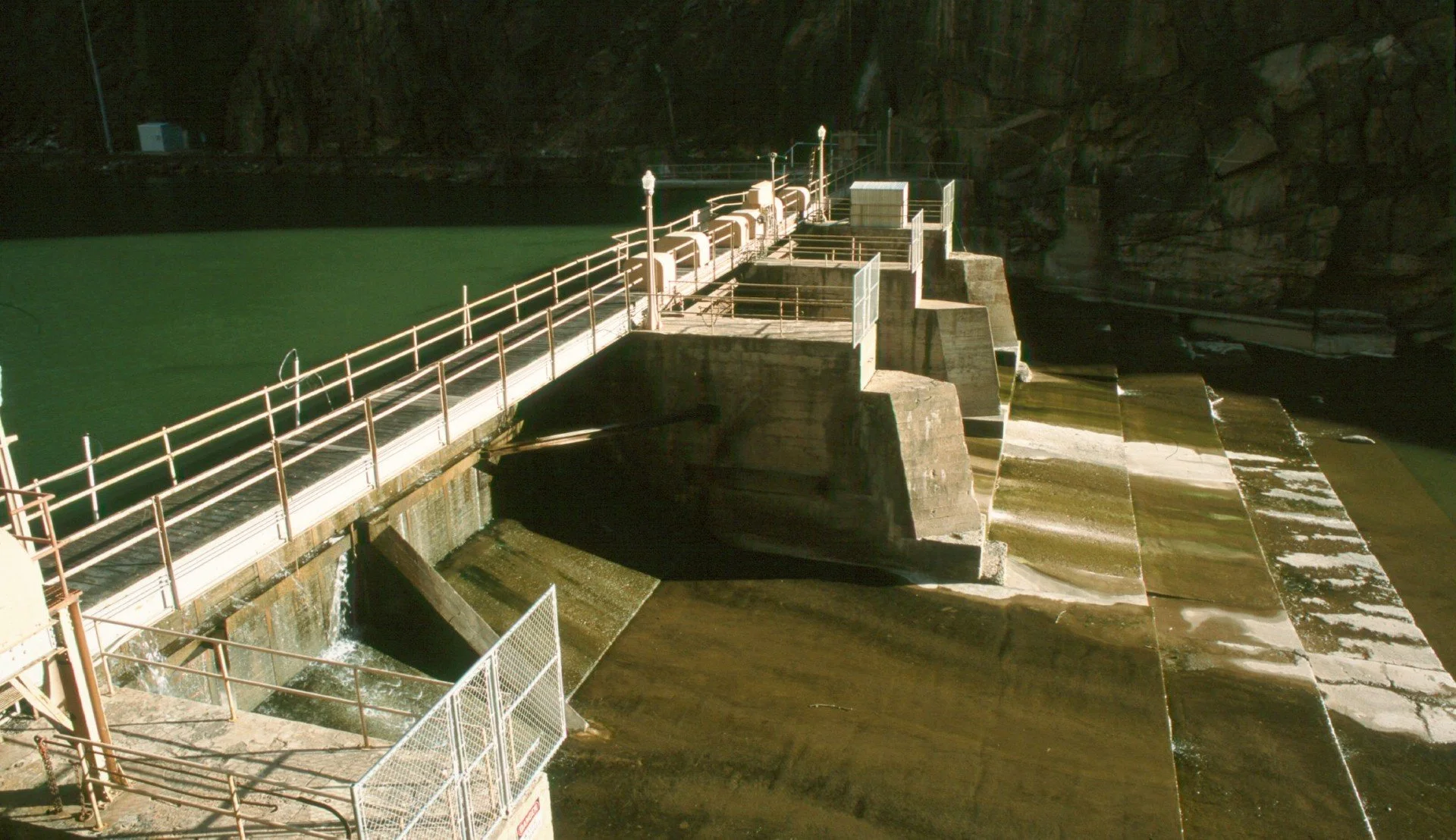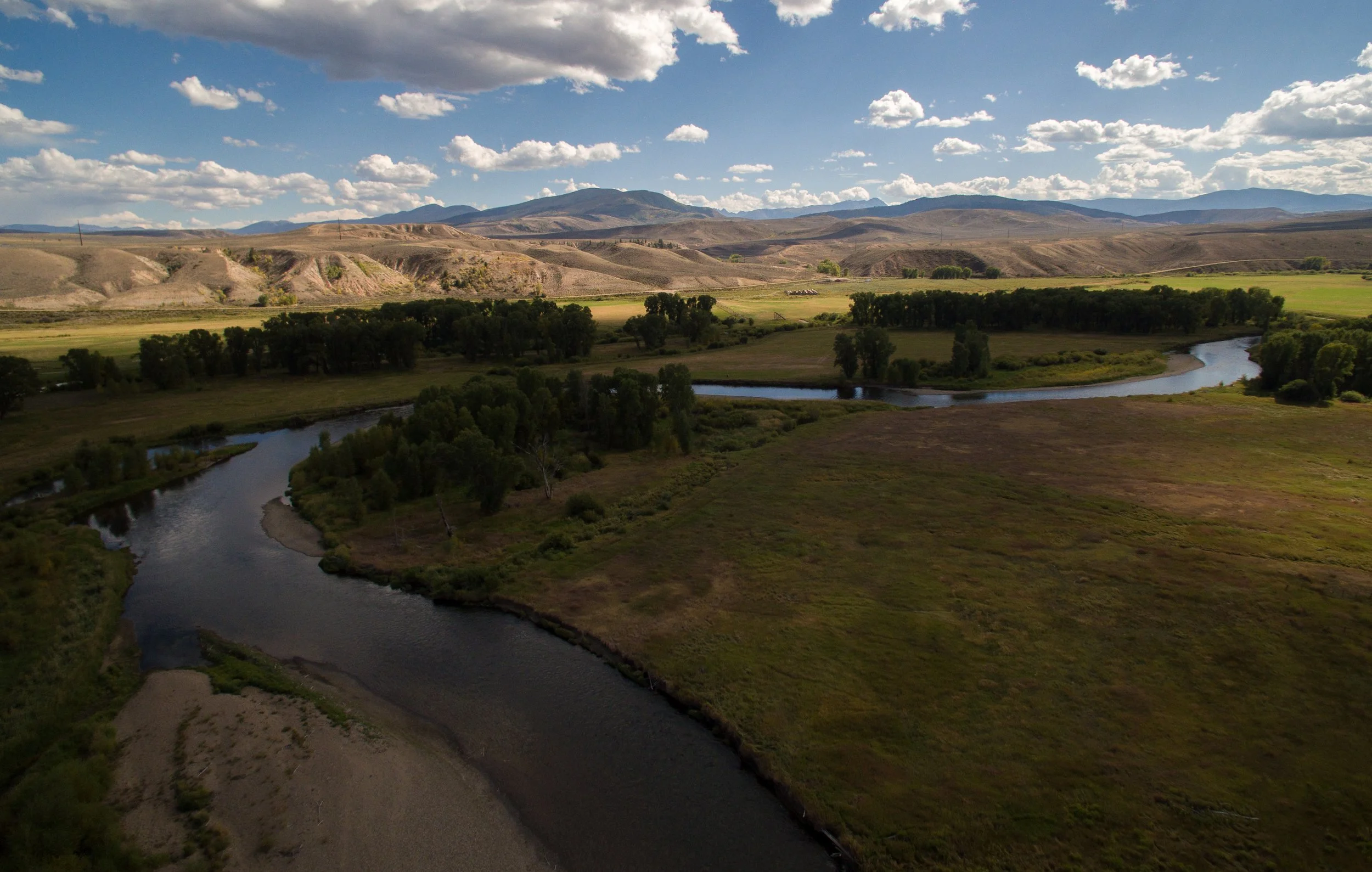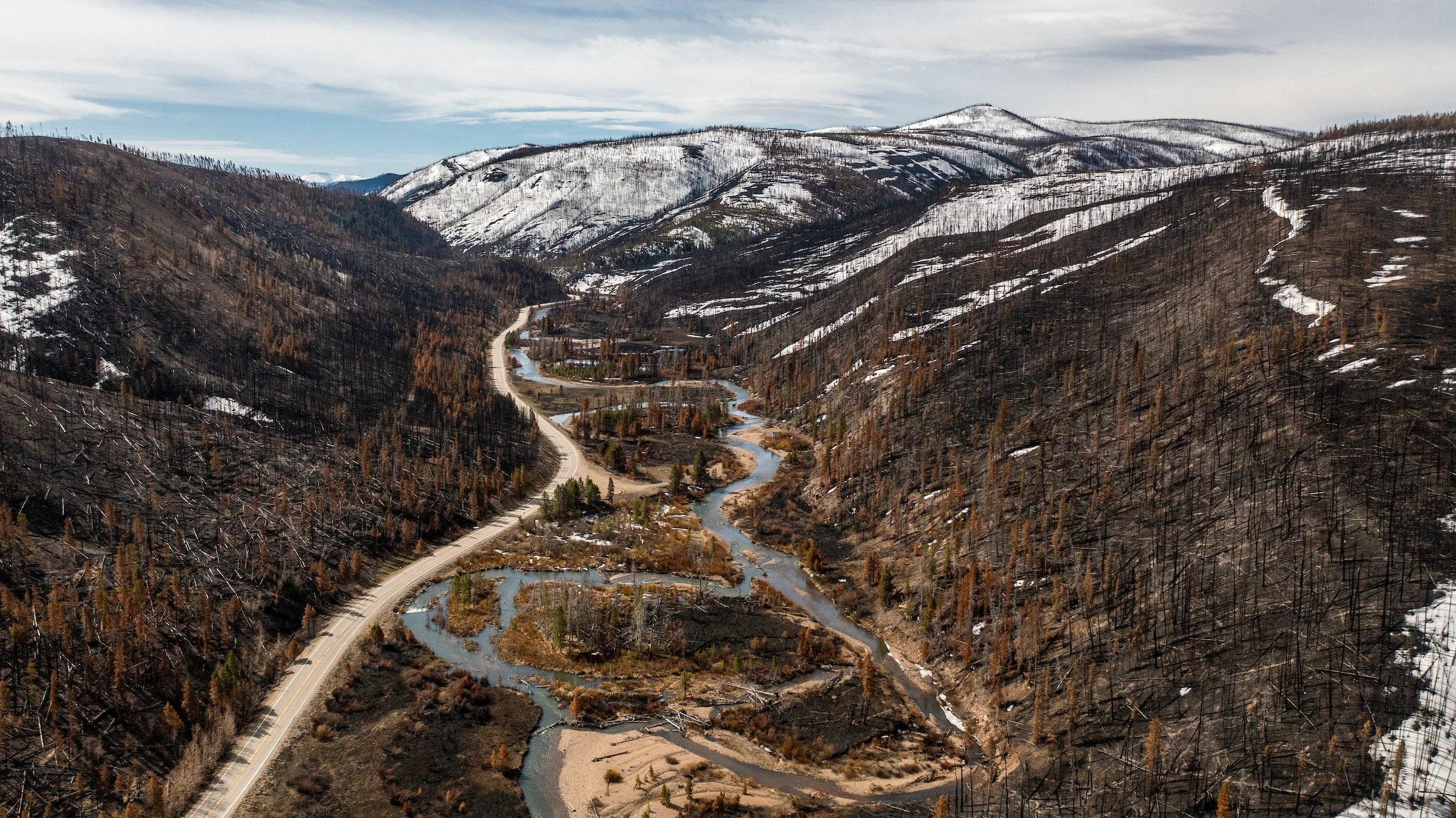Pueblo Chieftain Guest commentary from Drew Peternell, director of the Colorado Water Project for Trout Unlimited, Bart Miller, director of the water program for Western Resource Advocates and Becky Long, water caucus coordinator for the Colorado Environmental Coalition.
Salazar report touts fishing, outdoor sports
Pueblo Chieftain Guest commentary by Chris Wood, chief executive officer of Trout Unlimited and Jim Klug, chairman of the American Fly Fishing Trade Association.
76,000 miles of Colorado rivers and streams at risk
Take action before July 31st to restore protections for Colorado's most important resource.
[button_small link="http://www.regulations.gov/#!submitComment;D=EPA-HQ-OW-2011-0409-0001"]Click Here to Write a Letter[/button_small]
Problem
Today, more than 76,000 miles (or 76%) of Colorado's rivers and streams are currently under threat - lacking adequate protection previously provided under the Clean Water Act. Fortunately, in April 2011, the Obama administration took an important step toward restoring Clean Water Act protections to critical wetlands and waters with new administrative guidance on the definition of “waters of the United States.” The proposed guidance would clarify which waters and wetlands are covered under the Clean Water Act, adding certainty to the regulatory process and restoring protections to tributaries, headwaters and wetlands that have been in limbo for a decade.
To ensure Colorado's rivers receive the protection they deserve and remain healthy enough to support fish, families, and recreation opportunities, please take a moment to write a letter to the EPA in support of the revised guidelines.
About the Clean Water Act
Passed into law in 1972, the Clean Water Act was intended to keep our nation's water supply clean by preventing the unregulated discharge of harmful toxins and pollutants like Arsenic, Chloroform , Lead, Mercury and Cyanide into our nations lakes, rivers and streams - the very places that provide drinking water to our families, sustain our nation's farmers and food supply, and support bountiful recreation opportunities like hunting, fishing and boating.
Two recent Supreme Court cases (Solid Waste Agency of Northern Cook County vs. United States Army Corps of Engineers and Rapanos vs. United States) changed all that - by deciding that the Clean Water Act was only applicable to 'navigable' streams, rivers, and lakes. Nationwide, these Supreme Court decisions removed protections for over 20 million acres of wetlands and 2 million stream miles.
Take Action
The EPA is collecting comments on the revised Clean Water Act guidance until July 31st, 2011. As sportmen and women who care about keeping our state and our nation's rivers streams clean, the EPA needs to hear from you.
>>Click here to submit your comments<< to the EPA before their July 31st deadline!
>>Click here to read the fact sheet<< on the Clean Water Act Guidance here!
Connect to CTU
Save the Fraser
Join CTU
Colorado TU has 10,000+ members in 24 chapters across the state. They are the lifeblood of the organization, the reason we can say that Colorado TU is the state's largest grassroots conservation organization. Join Today
A Sustainable Solution for Meeting Colorado’s Water Needs Through 2050
DENVER – Western Resource Advocates (WRA), Trout Unlimited (TU) and the Colorado Environmental Coalition (CEC) today released a plan that outlines how Colorado Front Range communities can meet projected human water demands through 2050 while keeping rivers healthy. In the new report, “Filling the Gap: Commonsense Solutions for Meeting Front Range Water Needs,” the conservation groups detail an approach that relies on low-impact water supply projects, conservation, water reuse, and agricultural-urban water cooperation to meet Colorado’s growing water demands. Colorado is currently working through the Interbasin Compact Committee (IBCC) process to determine how the state’s river basins can meet their future water needs. The IBCC is considering a number of new storage projects, transbasin diversions, and moving of water over long distances. The “Filling the Gap” report offers an alternative plan showing how Front Range communities in the South Platte River Basin, home to some of Colorado’s largest municipalities including Denver, Boulder, and Fort Collins, can meet future needs without new major diversions of water from other river basins. The plan outlined in the “Filling the Gap” report is designed to be less expensive than traditional water supply approaches.
PDF copies of the report can be found at: http://www.tu.org/sites/www.tu.org/files/documents/FillingTheGap.pdf
High Country trying to deal with Front Range water needs
Janice KurbjunSummit County Correspondent Post Independent
Front Range residents and industry are expected to need 1.06 million acre-feet of water annually by 2050 — an increase of 365,000 acre-feet over today's needs — and several conservation organizations think there are better ways to get it than by building transbasin diversions.
Conservation organizations Western Resource Advocates, Trout Unlimited and the Colorado Environmental Coalition released a report Tuesday that claims “Colorado can chart a new innovative path forward that protects our rivers, streams and local communities.”
New report offers alternative vision for state’s water needs
“Many of Colorado’s rivers and streams are depleted to the point that they no longer support robust fisheries or recreational opportunities,” said Drew Peternell, director of TU’s Colorado Water Project. “Additional diversions from these streams could be devastating. ‘Filling the Gap’ charts a responsible path for meeting our water needs while protecting our state’s high quality of life.” http://summitcountyvoice.com/2011/03/02/new-report-offers-alternative-vision-for-states-water-needs/
Even the New York Times is noticing the fracking issue in Colorado!
Regulation Lax as Gas Wells’ Tainted Water Hits Rivers . This is continuing to be a big issue in Colorado. As our energy demands rise we will have to find new sources of fuel.










